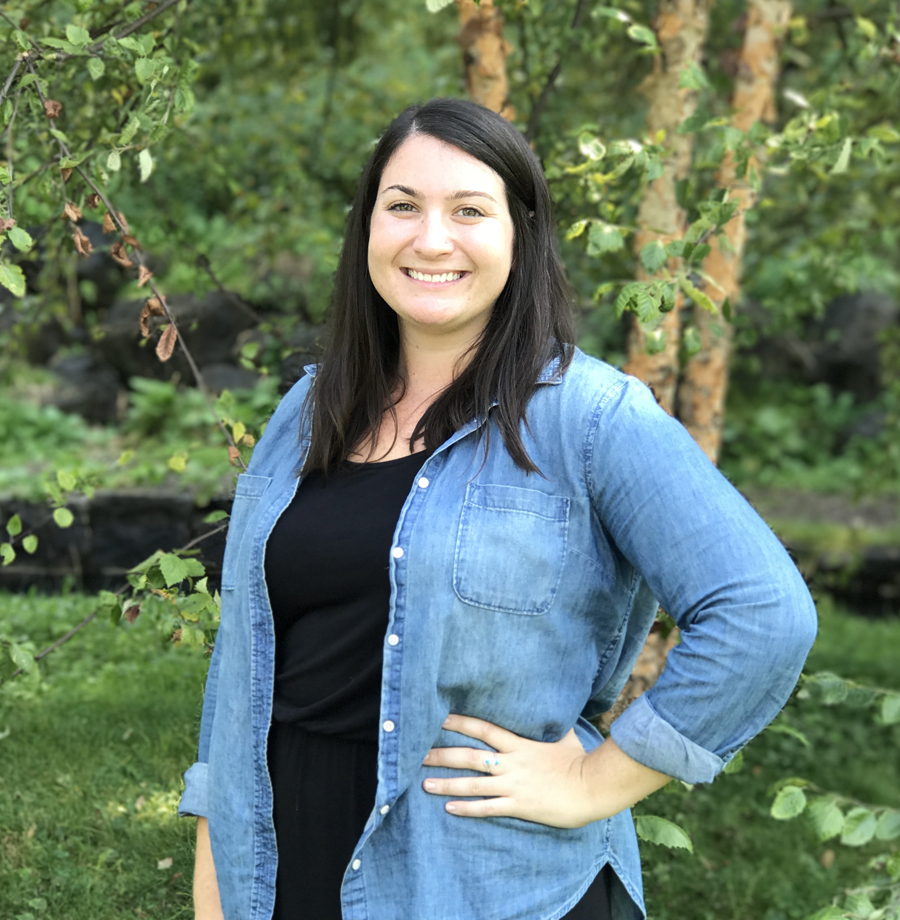
A Year in Review: 2018 Accomplishments in Adirondack Conservation
In 2018 the status of the Adirondacks as a national treasure was reaffirmed when Wilderness areas were expanded, junk oil trains were removed, and the Adirondack Council and partners went to court and successfully forced the Federal Environmental Protection Agency to comply with an important part of the Clean Air Act that protects the Adirondacks from Acid Rain. It has been a critical year in Adirondack conservation.
As we enter 2019 we face new federal threats to our clean air and water, wildlife and communities and accelerating climate change. Closer to home, overuse is causing the degradation of trails and threatens visitors’ safety and the wildland experiences that people seek in the Adirondacks. While it’s clear that we have a lot of work to do in 2019, 2018 was a productive year working to uphold the ecological integrity and wild character of the Adirondack Park. It’s time to celebrate 2018’s top accomplishments.
2018 Highlights in Adirondack Conservation
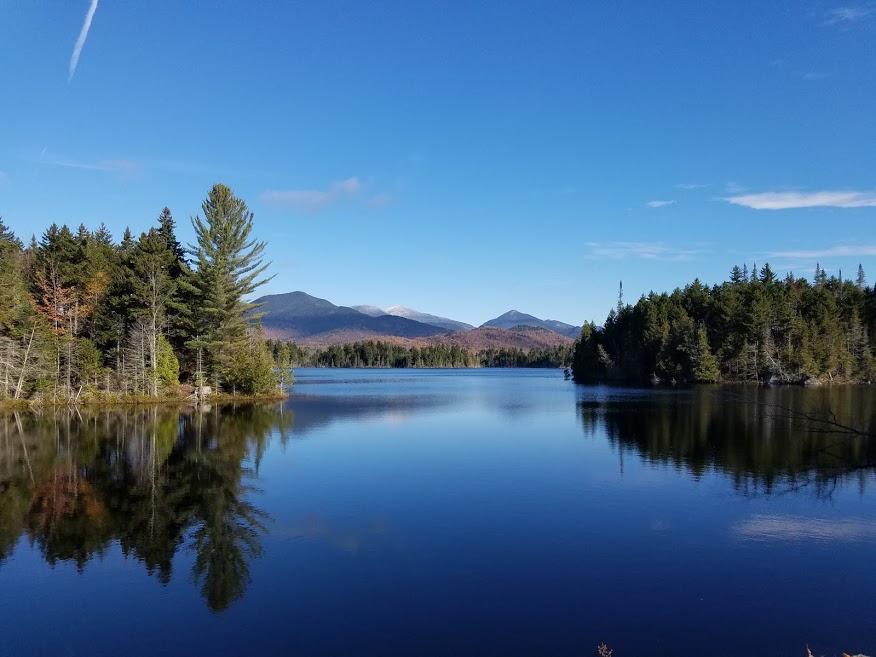
25,000 Acres and Boreas Ponds Added to the Adirondack High Peaks Wilderness
Governor Cuomo approved the Adirondack Park Agency proposal to classify a large portion of the recently acquired Boreas Ponds tract and other new state lands as motor-free Wilderness to facilitate an expansion of the High Peaks Wilderness Area to nearly 275,000 acres. The expansion made the High Peaks Wilderness Area the fourth largest Wilderness east of the Mississippi River, larger than Rocky Mountain National Park in Colorado and twice the size of Zion National Park in Utah. The state’s compromise package balanced the desires expressed by wilderness advocates with those of local officials who wanted greater motorized access to new Forest Preserve lands along with new Wilderness protections.
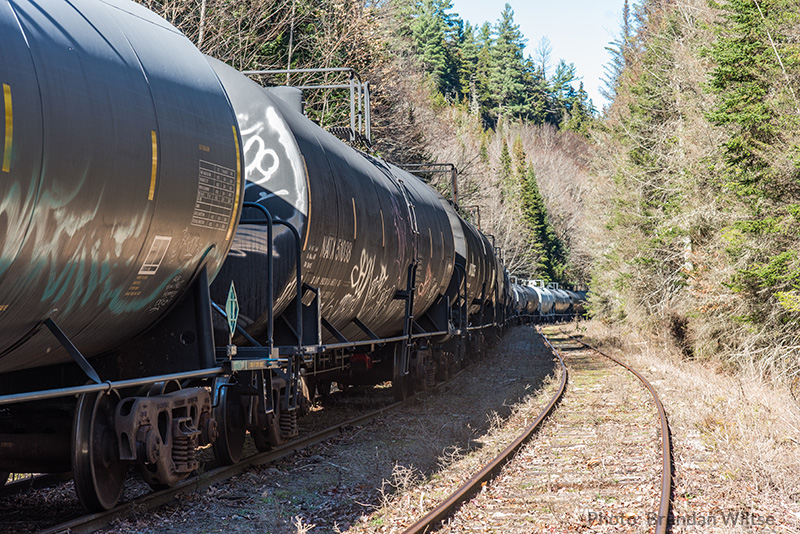
Junk Oil Cars Removed from the Adirondacks
The Adirondack Council appealed to Warren Buffett, CEO of Berkshire Hathaway, whose subsidiary Union Tank Car Company stored 65 derelict oil tank rail cars in the heart of the Adirondacks. Buffett agreed to forever remove those used rail cars being stored in the heart of the Adirondacks. The Adirondack Council then worked with New York State to initiate legal actions to prevent misuse of the rail line and to pursue appropriate commercial use or conversion to recreational use on the line.
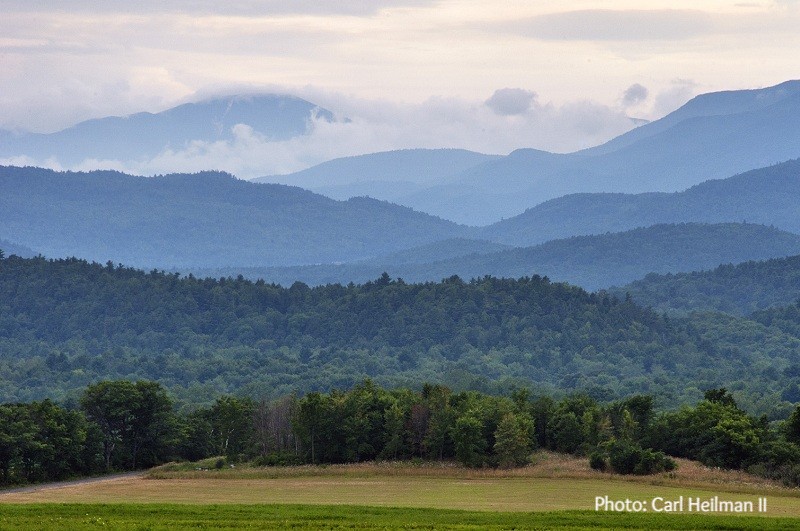
Adirondack Council Awards 19 Grants to Businesses, Farms
For the third consecutive year, the Adirondack Council awarded micro-grants to farmers and small business owners who want to reduce their environmental impact and adapt to a changing climate. The Council awarded 19 micro-grants to 15 farms and four small businesses that are putting their own time and money into making their operations more efficient, less reliant on fossil fuels and more weather-resistant. Winning projects included solar fencing, rainwater catchment systems, building weatherization and insulation, energy-efficient appliance upgrades, and more.
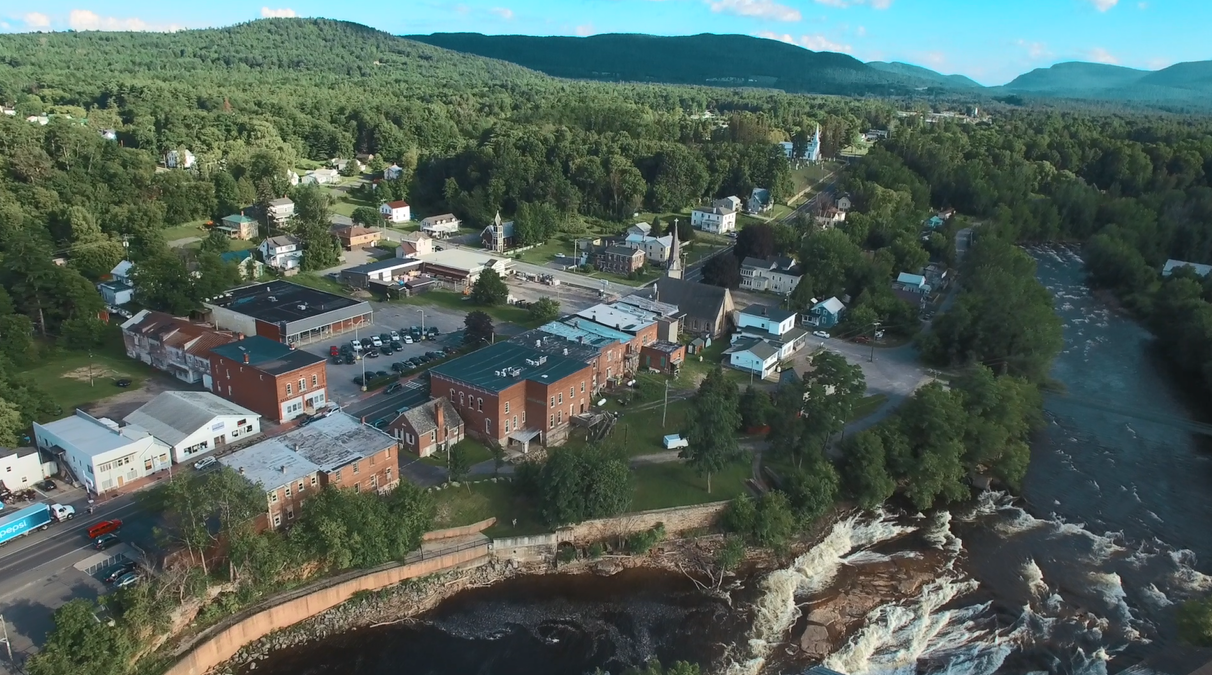
$45 Million Granted to Adirondack Communities for Clean Water
Since the Adirondack Council worked with the state, local government and private partners three years ago to establish a new statewide clean water infrastructure program and appropriate over $3 billion for this purpose, more than $45 million in grants have been awarded to Adirondack communities across the Park.
State Announces First Steps on Managing Hiking Crowds
This summer, the state announced planned steps for improved management of Adirondack overuse to better preserve and protect the state’s most sensitive mountain landscapes, clean water, wildlife, and wilderness from damage caused by too many visitors in one place. The state’s July 2 announcement promoted “new and expanded efforts to promote sustainable tourism in the Adirondack Park starting the week of July 4, focusing on the Rt. 73 High Peaks corridor, from Northway (I-87) Exit 30 to Lake Placid.” The state launched a social media video campaign “Adventure Adirondacks” to highlight trip planning tips, leave-no-trace principles, and alternative outdoor destinations and activities, provided three stand-alone information kiosks near the High Peaks region, managed roadside parking at key locations such as Cascade Mountain, and started building a new sustainable design trail up Mount Van Hoevenberg.
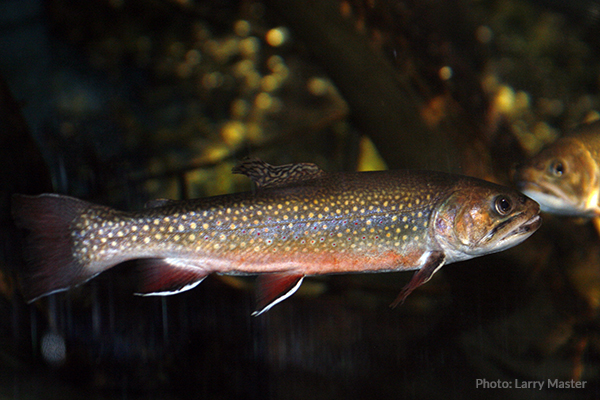
Adirondack Council fought and won one acid rain suit, started another
The Council, Environmental Defense Fund (EDF), the Chesapeake Bay Foundation and a host of public health advocates joined the state of Maryland in suing the Environmental Protection Agency (EPA) for not upholding the Clean Air Act, which is designed to address harmful interstate pollution that impedes attainment of health-based air quality standards. EPA Administrator Scott Pruitt and Acting Administrator Andrew Wheeler violated a statutory deadline for responding to the petitions, prompting Maryland and its environmental allies to win a court order compelling the EPA to act. Now, Adirondack Council and the EDF together with the states of Maryland, Delaware, New York, New Jersey and New York City have asked a federal court to compel the EPA to order 36 coal-fired power plants upwind of the Northeast to turn on already-installed pollution control devices.
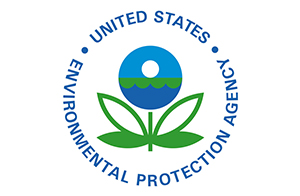
Federal Budget Increases Environmental Funding Levels, Despite Threats of Deep Cuts
New York’s Congressional delegation worked to secure approval of a $1.3-trillion federal appropriations agreement that eliminated proposed significant cuts to the U.S. Environmental Protection Agency (EPA.) Upstate Congressional representatives Elise Stefanik, Paul Tonko, the late Louise Slaughter, and John Faso, as well as Senators Charles Schumer and Kirsten Gillibrand, urged their colleagues to keep EPA’s budget unharmed. The EPA’s acid rain research and clean water funding were maintained. New Clean Water funding was also authorized.
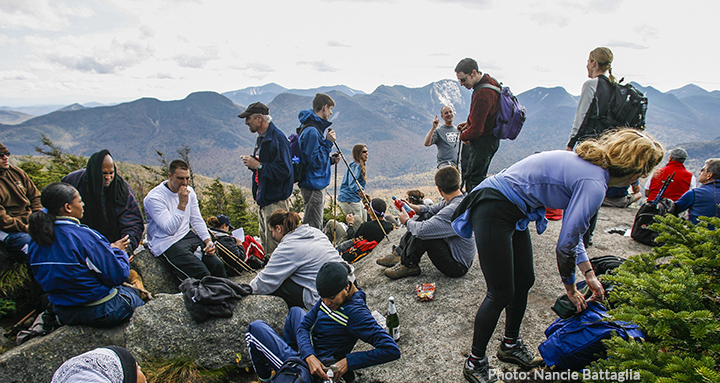
Survey finds Hikers want State to address overuse in the Adirondacks
This past summer and fall, the Adirondack Council spoke to a broad range of hikers at trailheads around the High Peaks Region and online. 1,000 people completed an in-person survey at trailheads, and 800+ people participate in a supporting online survey. Most survey participants prioritized the health of the Wilderness itself, its water quality and its ability to support wildlife over their own access. Hikers were least likely to support wider trails or bigger parking lots, and favored protection over recreation, knowing that they might have to be more flexible regarding which of their favorite locations they choose to visit on peak-use days.
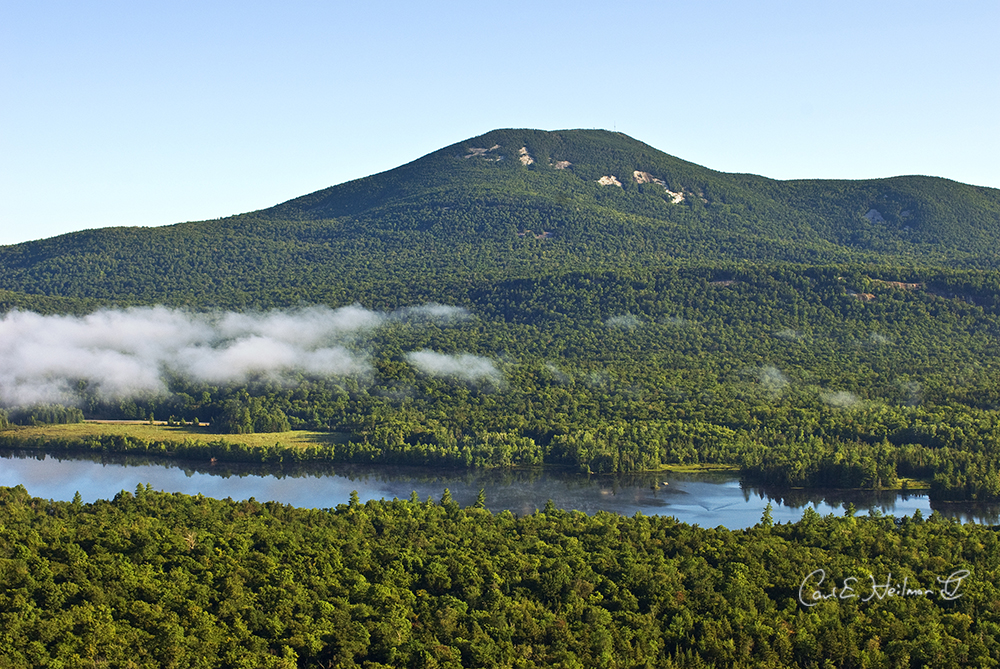
Update on Landmark Adirondack Park 2020 Vision; Plan Underway for 2050
The Adirondack Council’s 2020 VISION Series is an illustrated, four-volume series of studies on how to preserve the Park’s rich biological diversity; protect and expand its motor-free Wilderness areas; realize the recreational potential of non-Wilderness public forests; and, better manage its commercial timberlands and other private properties. More than two-thirds of the land recommended in the original VISION Series for protection as biological reserves, motor-free Wilderness and non-Wilderness lands have received heightened protection. Julia Goren was hired to use the best available science and technology to guide an updated vision for the Adirondack Park looking ahead to 2050 considering modern conservation science and technology.
Thank you to our board, donors, members, partners, and friends for being part of the Adirondack Council’s critical work. The Adirondacks depend on you, and we are so thankful to be the steward to help people who love the Adirondacks protect the Park for future generations. Stay tuned for lots of exciting things to come in 2019. We look forward to working together to preserve Adirondack water, air and wildlands.
|

